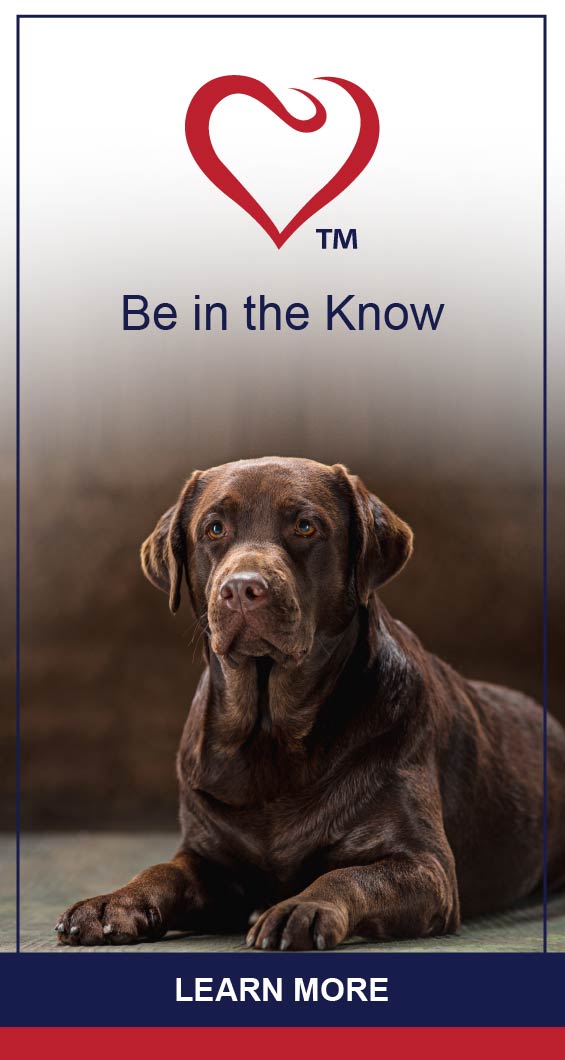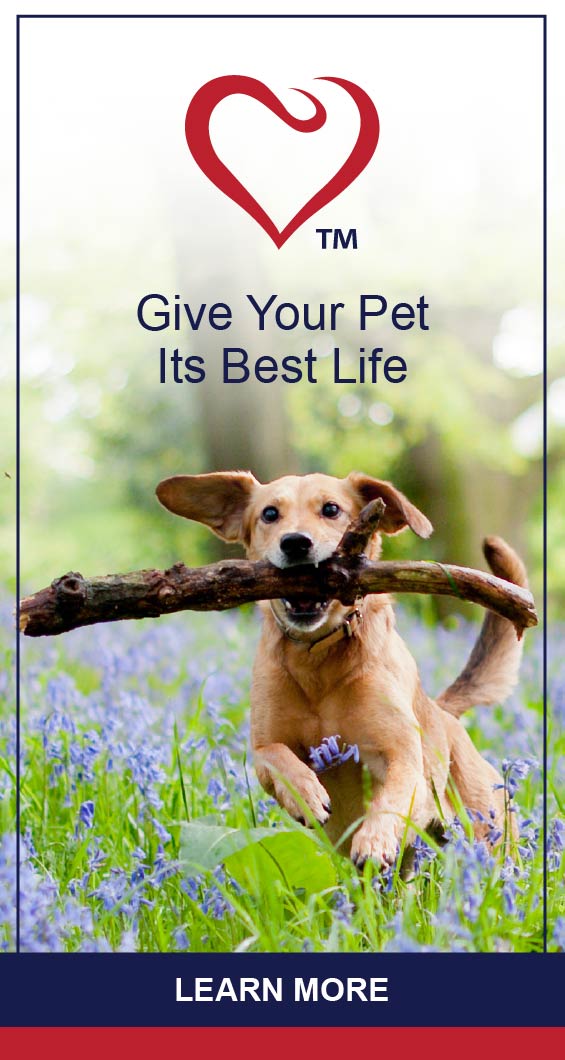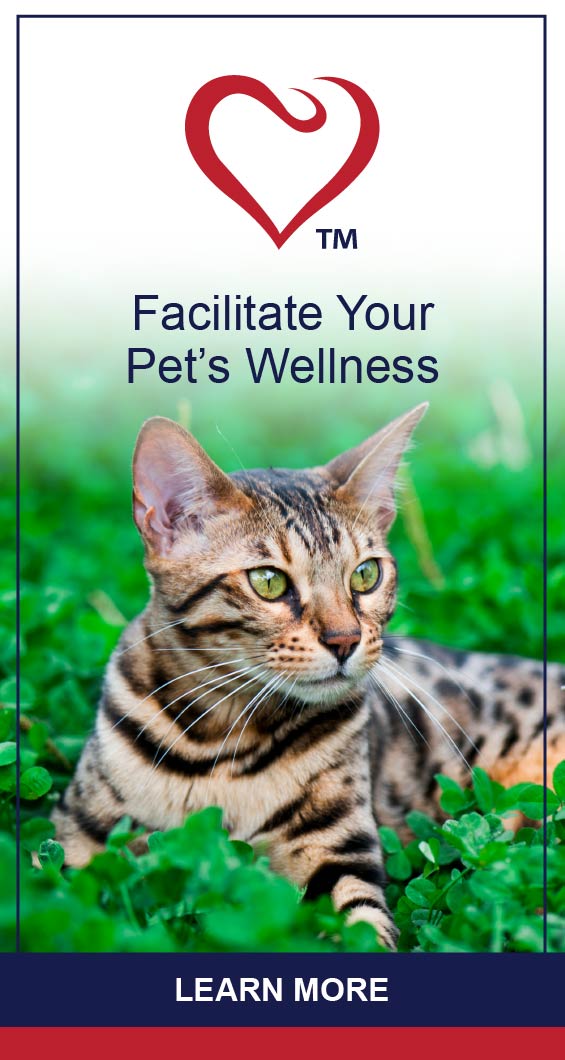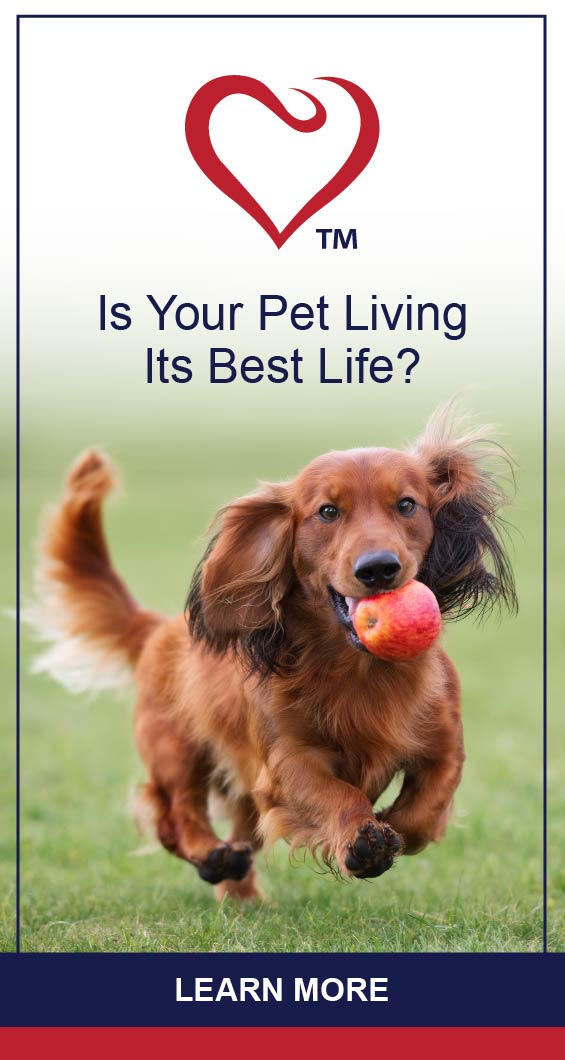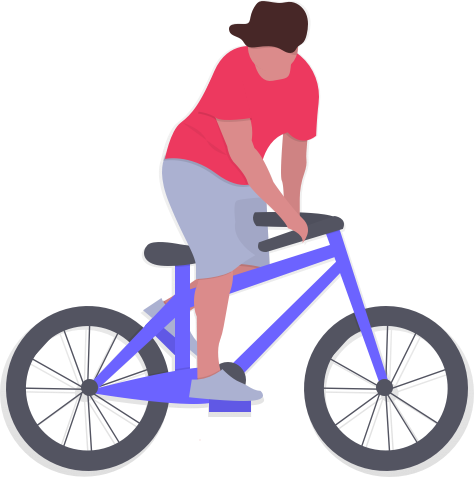HEALTH & WELLNESS

TRENDING

SIGN UP and Start Receiving
Our Monthly Newsletter,
The Chronicles
WHAT IS PETSERCISE AND HOW DOES IT WORK?

Exercise is good for humans and dogs, so why don’t you tackle this fun and healthy habit together?
Depending on your dog’s age, fitness level and breed or size, he’ll have different needs, capabilities and preferences.
The trick is to start slow, keep sessions short and try different exercises to see what works.
Things to think about:
- A short warm up is important
- Exercise before feeding or a while after feeding
- Is the environment safe (from traffic, other dogs, etc.)
- Make sure there are no dangerous objects in the way
- Ensure young children are supervised/can’t get hurt
- How fit are you? Neither of you should overdo it
- Have enough water available for both of you
- Clean up after your dog in public areas
- How safe is the surface you’re using?
- What’s the weather like?
The smartest and safest thing to do is speak to your veterinarian about your petsercise ideas and plans. We will suggest a few examples, but not all of them are suitable for all dogs.
1. FOOTBALL
It’s easy; there are different ways to handle the ball; and more than one person can play.
Benefits: cardio, toning, fitness, social, ball skills, agility, coordination, speed and endurance.
Note: your dog should not be able to swallow the ball.
2. BEACH BATS
Hit the ball with a beach bat and race each other to retrieve the ball.
Add a friend and make your dog run back and forth, but allow him to ‘win’ the ball every now and again.
Benefits: workout for biceps, triceps and shoulder muscles (plus cardio if it’s just you).
Note: not for dogs with joint issues or dogs prone to joint diseases; use a ball your dog can’t swallow.
3. WALKING/HIKING IN NATURE
Start slowly (max 30 minutes).
Uneven terrain has many benefits.
Benefits: train legs, bottom and thigh muscles.
Note: not always suitable for small dogs and dogs with orthopaedic problems.
4. JOGGING
Brisk, 30-minute walks should be easy before you attempt jogging.
You can do slow jogs or interval sessions (bursts with recovery sessions).
Benefits: supercharge metabolism and fitness levels.
Note: It’s very important to make sure you don’t trip over each other and that your pace is suited to your dog.
5. INLINE SKATING
Wear the proper protective gear and use the right lead. Start in flat areas and stay away from traffic.
Benefits: tone leg muscles and bottom; cardio workout.
Note: Your dog needs to respond to commands.
6. CYCLING
Mountain bike adventures are ideal. You don’t want to be near traffic. Your dog needs to respond to commands and have exceptional leash manners if you’re using a leash.
Benefits: low impact toning and cardio exercise; good for upper-body muscles as well as your legs, bottom and thigh muscles.
Note: Stay away from areas with traffic.
7. FRISBEE
Keep abdominal muscles tight and if playing with a friend, throw the frisbee so that you’ll need to jump to catch it.
Benefits: tone arms and stomach muscles.
Note: Don’t play this game if your dog has any issues with his mouth or has joint or ligament issues/diseases. Your dog shouldn’t be encouraged to make ‘twisting’ jumps. Consider the speed and level you’re throwing at.
8. JUMPING/HOPPING AND FETCHING
Play fetch with your dog. While he’s busy retrieving, do one-legged hops (alternate legs between hops); two legged jumps (up and down, to the side or backwards and forwards); and jumping lunges.
Benefits: develop speed and strength; tone.
Note: play fetch and exercise in a safe area. Avoid this exercise if you have joint problems.
9. CIRCUIT AND AGILITY
20-minute sessions that include climbing, jumping and crawling (over/under/around/through) objects and obstacles is great for the body. Keep it simple and keep your heart rate up.
Benefits: burn fat and develop muscles; tone, strengthen and stretch; improves balance; builds confidence.
Tip: use commands, body language, toys and/or treats.
10. SWIMMING: Breaststroke
Choose a safe place where both of you are allowed to swim. The water shouldn’t be too cold.
Benefits: strengthen chest muscles; tone arms, back and legs.
Note: Don’t swim alone / if there’s nobody else around.
Petsercise was developed by fitness instructor Nikki Waterman and members of the Pet Health Council. Veterinary advice provided by Alex German and Shelley Holden of the University of Liverpool.
Related Articles
